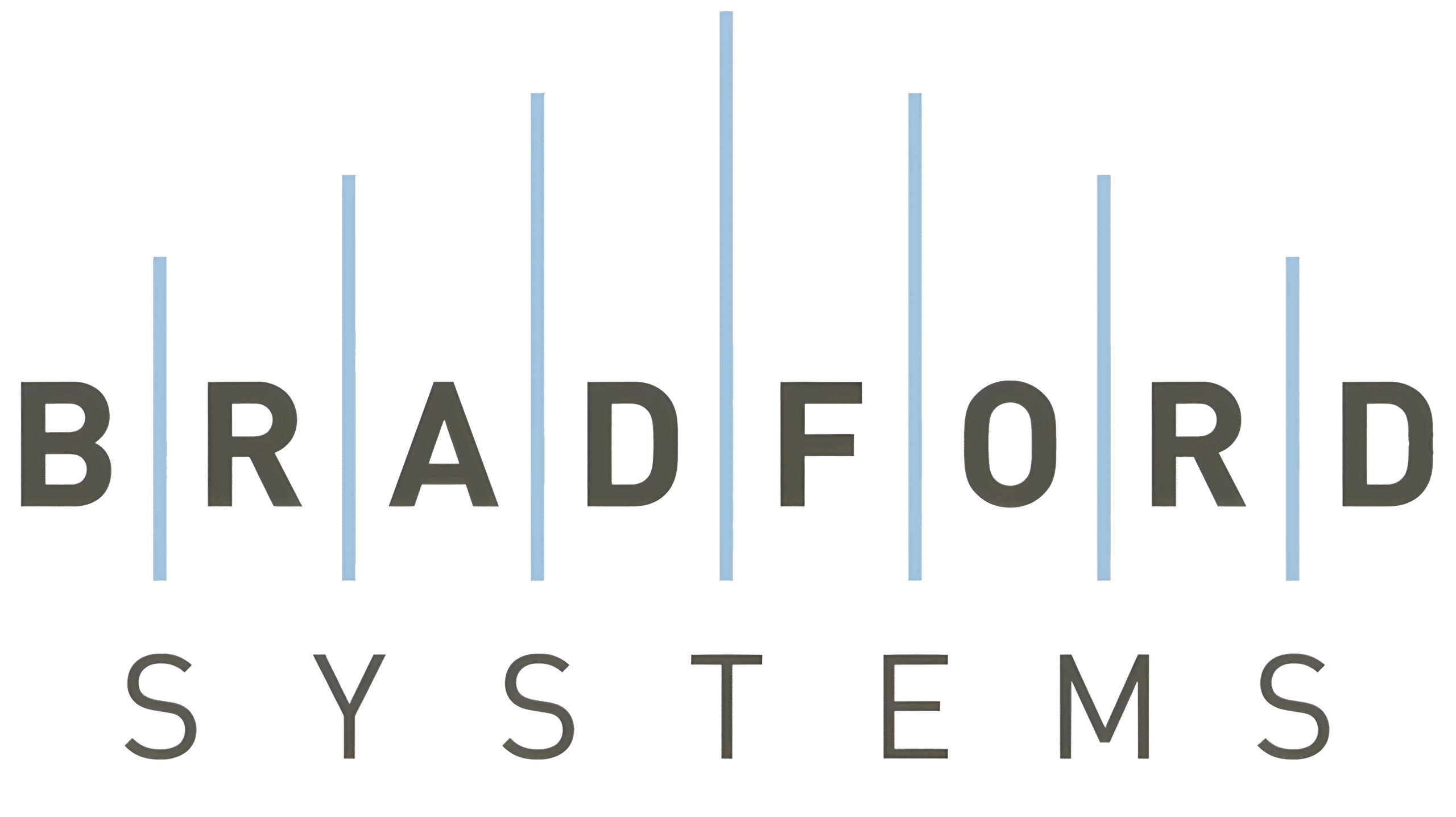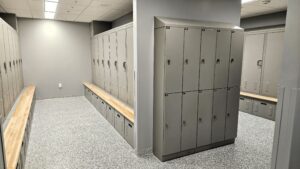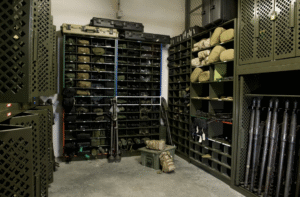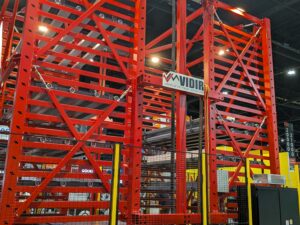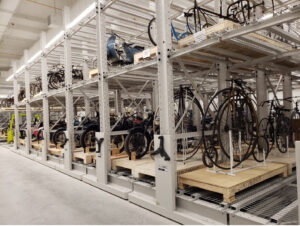Sustainability has become a priority for modern industries, with businesses seeking ways to minimize their environmental footprint while maintaining operational efficiency. Warehousing, traditionally an energy-intensive sector, now faces increasing pressure to adopt eco-friendly practices. Vertical storage systems, such as Vertical Lift Modules (VLM), offer a smart, sustainable solution, allowing facilities to optimize space, reduce energy consumption, and support green building standards.
In this blog, we’ll explore how implementing vertical storage systems contributes to eco-friendly warehousing, aligning with green initiatives while also enhancing productivity.
The Push for Sustainable Warehousing
Both regulatory mandates and consumer demand drive the transition toward sustainable practices in warehousing. Industries are now encouraged to adopt green building standards, reduce waste, and lower carbon emissions. Sustainable practices offer a dual benefit: they align with environmental goals, create cost efficiencies, and improve brand reputation.
For many companies, warehousing accounts for a significant portion of their energy use. By integrating smart robots and robotic cube storage, space-efficient solutions like vertical storage systems and inventory management software that accommodate raw materials and track the specific location of store items, companies can create more sustainable facilities that consume less energy, require less storage space, and minimize their carbon footprint, thereby enhancing their overall supply chain management, which includes understanding the primary benefits of these strategies.
How Vertical Storage Systems Support Sustainability
Vertical storage systems are a game-changer for sustainable warehousing, promoting space efficiency, energy savings, and streamlined operations. Here’s how VLMs (Vertical Lift Modules) create eco-friendly warehouses:
Maximizing Space Utilization
By utilizing vertical height, VLMs store more items in a smaller footprint. This reduces floor area requirements, saves on construction materials, minimizes land use, and supports eco-friendly building practices.
Cutting Energy Costs
VLMs reduce the need for extensive lighting and HVAC systems. Their compact design limits temperature-controlled areas, lowering heating and cooling demands. Moreover, energy-efficient VLMs, like those from Bradford Systems, are designed to consume minimal power.
Supporting Green Building Certifications
Vertical storage systems help businesses achieve sustainability goals, including certifications like LEED. Their ability to reduce square footage and improve energy efficiency aligns with the resource conservation and emission reduction criteria.
Reducing Material Waste
VLMs’ modular design supports scalable storage, allowing for easy expansion or contraction. This adaptability minimizes waste from unnecessary construction, ensuring resources are used efficiently.
Lowering Transportation Emissions
By optimizing inventory retrieval, VLMs reduce travel within the warehouse. This reduces forklift usage, fuel consumption, and emissions, creating a more efficient and greener operation.
Incorporating VLMs into your warehouse enhances sustainability and optimizes operations, saving costs and reducing environmental impact.
Key Features of Vertical Lift Modules that Contribute to Sustainability
Bradford Systems’ VLMs come equipped with features that directly support sustainable operations. Here’s a closer look at some of the key features:
Compact Design for High-Density Storage: VLMs optimize vertical space, creating high-density storage that requires less floor space than traditional storage. This compact design reduces facilities’ physical footprint and associated energy usage.
Ergonomic and Energy-Efficient Retrieval: VLMs bring stored items to the operator at an ergonomic height, reducing the need for energy-consuming equipment to move through the facility. This design minimizes energy expenditure on material handling equipment and improves workflow efficiency.
Automated Inventory Management: Automated systems like VLMs streamline inventory management, reducing the need for manual labor and additional lighting in unoccupied warehouse parts. Automation’s efficiency also means that lights, HVAC, and other systems can be deactivated when warehouse areas are unused.
Real-Time Data for Efficient Resource Use: VLMs connected with Warehouse Management Systems (WMS) offer real-time inventory tracking, allowing companies to monitor stock levels and adjust ordering as needed. This capability reduces overstocking and waste, supporting a leaner, more sustainable operation.
How Vertical Storage Systems Reduce the Carbon Footprint of Warehouses
With environmental regulations tightening on carbon emissions, vertical storage systems provide an effective solution for reducing greenhouse gas output. By enabling smaller warehouse footprints, these systems cut the materials and energy needed for construction and operation, significantly lowering emissions.
Vertical storage systems also enhance energy efficiency by reducing the need for extensive lighting and climate control. This helps companies meet carbon reduction targets and adopt renewable energy practices. Additionally, their compact design streamlines operations, reducing reliance on fossil fuel-powered equipment like forklifts and lowering fuel consumption and emissions.
By optimizing existing space, businesses can delay costly expansions and avoid the environmental impact of new construction. Vertical storage systems support sustainable practices by conserving resources and aligning with green operational goals.
Supporting Green Supply Chain Initiatives
Sustainability in warehousing plays a key role in green supply chain initiatives, and vertical storage systems (VLMs) enhance these efforts through efficient inventory management, waste reduction, and energy savings. VLMs help minimize excess inventory by enabling precise stock control and reducing waste and the resources needed to store unsold goods.
VLMs facilitate faster and more efficient order fulfillment by streamlining retrieval times and cutting transportation delays and emissions. Integrated with IoT technology, VLMs support closed-loop supply chains by enabling real-time data for managing returns, repurposing inventory, and promoting material reuse. Their automated systems also reduce errors, optimize resource use, and minimize waste to align with circular economy principles.
Conclusion: Building a Greener Future with Vertical Storage Systems
As companies work toward building greener warehouses, vertical storage systems like VLMs play a pivotal role in achieving sustainability goals. VLMs support eco-friendly practices while enhancing operational efficiency by optimizing space, reducing energy use, and minimizing waste. Vertical storage systems provide a powerful tool for companies committed to reducing their environmental footprint and contributing to a more sustainable future.
What makes vertical storage systems eco-friendly?
Vertical storage systems are eco-friendly. They use space efficiently, helping to make smaller buildings and save energy. Their design and operation reduce waste, leading to overall environmental benefits.
How do vertical storage systems enhance warehouse efficiency?
Vertical storage systems make the most of high density storage solutions, which helps use space better for managing unit loads. As a result, both storing and retrieving items are optimized for warehouse processes, including the next pick, done more effectively at maximum picking speed and high speeds to meet higher throughput demands based on the number of robotic shuttles and chain drive technology inducted into the system. Better inventory control and smoother workflows also help reach higher throughput goals.
